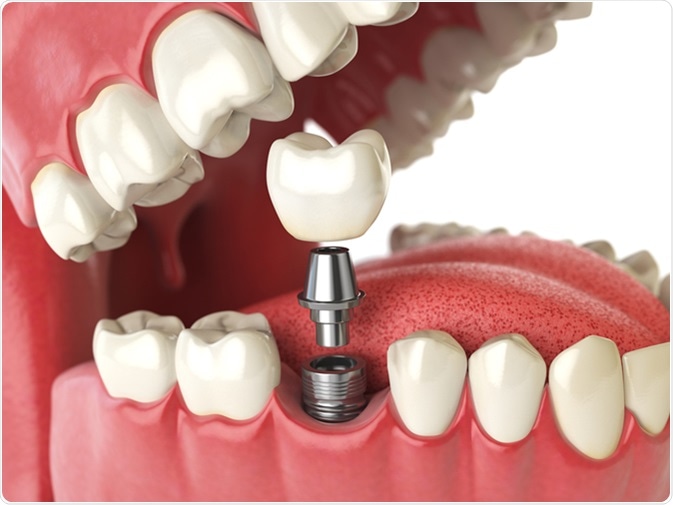4 Frequently Asked Queries About Dental Implants
Planning for implant-retained dentures? Then, here is the answer to your four common queries:
#1 What is Dental Prosthesis?
The dental prosthesis is a tooth or a set of artificial teeth that work as a replacement for missing or damaged teeth. Overall, there are two types of dentures:
-
The Fixed Prosthesis: It is permanently sealed or glued. It can be a crown, an implant, a bridge, a fixed prosthesis on an implant.
-
Removable Prosthesis: Another is a removable dental prosthesis that can be detached as and when required.
Further, these two categories have different subtypes suitable for several cases.
FIXED DENTURES
The Crown: When a tooth is very damaged, the crown aims to cover and restore the tooth by resting on its root.
The Dental Veneer: It is used on teeth that have an unattractive appearance (broken teeth, yellows, etc.). They stick to the visible side of the teeth to give them a nice appearance.
The Bridge: It connects a solid tooth to another solid tooth and fills the space left empty, like a kind of "bridge". The bridge can also be placed on implants.
Inlay and Onlay: It aims to restore a very damaged tooth, often devitalized due to cavities. It is useful when it is impossible to place a crown on the remaining fragment of the tooth. For an inlay, it is the internal part of the tooth that will be reconstituted. The Onlay will cover the broken part of the tooth.
The Implant: It replaces the root of a tooth that has been damaged or torn off and supports a prosthesis by acting as an intermediary with the jaw bone. The implant is screwed into the jaw bone;
REMOVABLE DENTURES
The partial dental prosthesis: These are aimed at replacing several missing teeth (metal structure provided with hooks which are fixed on the teeth present in the mouth). It is also known as flexible partial dentures.
The complete prosthesis: They are made of resin, aiming to replace all the teeth.
#2 When should I have a denture?
Generally, there are two cases requiring dental implant dentures:
Loss and/or extraction of a tooth: A single missing tooth can cause several dental problems like gum or esthetic problems, migrations, or the premature wear of other teeth, digestive disorders due to insufficient chewing, etc.
Very damaged teeth: Especially when the tooth or teeth are too damaged or dilapidated due to tooth decay. One or more missing teeth also results in an increased risk of caries and a loss of the natural meshing of the teeth. Which, in return, causes bruxism (grinding of teeth), muscle contractures, and pain in the mandibular joint. In this case, you must opt for one-day dentures to get rid of pain and decay ASAP.
#3 What are the materials used?
Fixed prostheses can be metallic, ceramic-metallic, or ceramic. Today, metal is often used for parts of teeth that are not visible (Nickel-Chromium alloy, titanium, Chromium-Cobalt). The advances in dentistry have made it possible to give the prosthesis an aesthetic appearance by using ceramic (on the entire prosthesis or only on the visible part). This material reproduces the natural color of the tooth.
The resin is mainly used for temporary restoration. There are also ceramic filled composite resins which are applied permanently.
#4 At what age can you have a denture?
In general, dental surgeons wait until the end of bone growth to place a final dental prosthesis, that is to say around the age of 18. In some cases, in the absence of a permanent tooth under the milk tooth, a temporary fixed prosthesis (crown) will be placed until the bone growth is complete.
Contrary to popular belief, dentures are not just for the elderly. However, it is true that removable dental prostheses (dentures) are rarely worn by young adults.
Follow our blog to read more such posts!
|
Article Directory /
Arts, Business, Computers, Finance, Games, Health, Home, Internet, News, Other, Reference, Shopping, Society, Sports
|